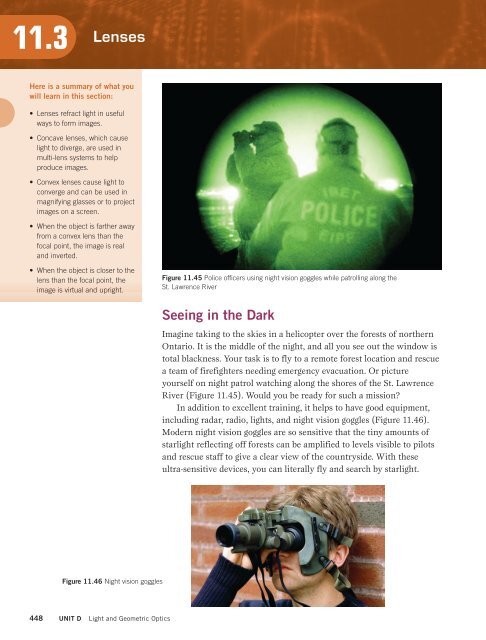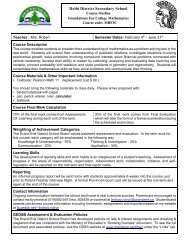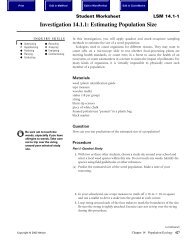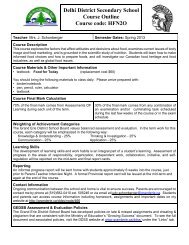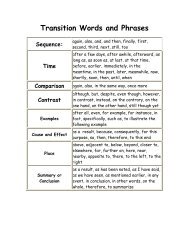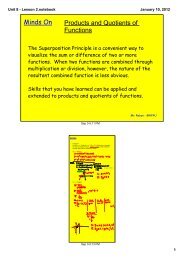Chapter 11.pdf
Chapter 11.pdf
Chapter 11.pdf
- No tags were found...
You also want an ePaper? Increase the reach of your titles
YUMPU automatically turns print PDFs into web optimized ePapers that Google loves.
11.3LensesHere is a summary of what youwill learn in this section:• Lenses refract light in usefulways to form images.• Concave lenses, which causelight to diverge, are used inmulti-lens systems to helpproduce images.• Convex lenses cause light toconverge and can be used inmagnifying glasses or to projectimages on a screen.• When the object is farther awayfrom a convex lens than thefocal point, the image is realand inverted.• When the object is closer to thelens than the focal point, theimage is virtual and upright.Figure 11.45 Police officers using night vision goggles while patrolling along theSt. Lawrence RiverSeeing in the DarkImagine taking to the skies in a helicopter over the forests of northernOntario. It is the middle of the night, and all you see out the window istotal blackness. Your task is to fly to a remote forest location and rescuea team of firefighters needing emergency evacuation. Or pictureyourself on night patrol watching along the shores of the St. LawrenceRiver (Figure 11.45). Would you be ready for such a mission?In addition to excellent training, it helps to have good equipment,including radar, radio, lights, and night vision goggles (Figure 11.46).Modern night vision goggles are so sensitive that the tiny amounts ofstarlight reflecting off forests can be amplified to levels visible to pilotsand rescue staff to give a clear view of the countryside. With theseultra-sensitive devices, you can literally fly and search by starlight.Figure 11.46 Night vision goggles448 UNIT D Light and Geometric Optics


